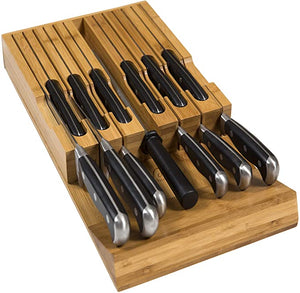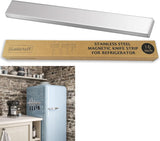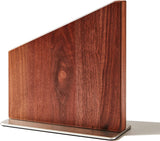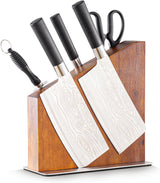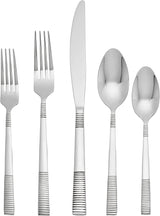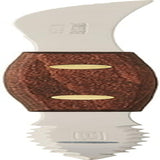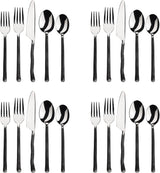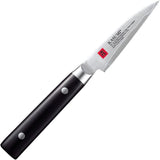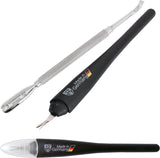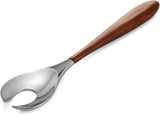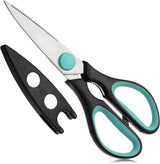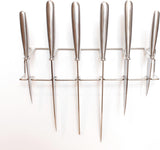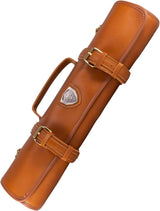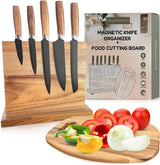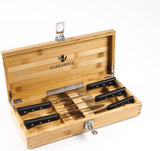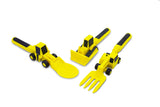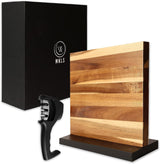For culinary professionals, understanding what knife to cut raw steak is a fundamental skill. The right knife not only enhances the precision of cuts but also improves the overall quality of the dish. Selecting the appropriate knife revolves around achieving clean, precise slices without tearing the meat. This guide will arm you with essential insights needed when approaching this common yet critical kitchen task.
Kitchens are replete with various knives, each crafted for specific purposes. However, using a generic knife might compromise the integrity of a raw steak. Hence, choosing wisely becomes imperative, as an appropriate knife can affect both presentation and cooking outcomes.
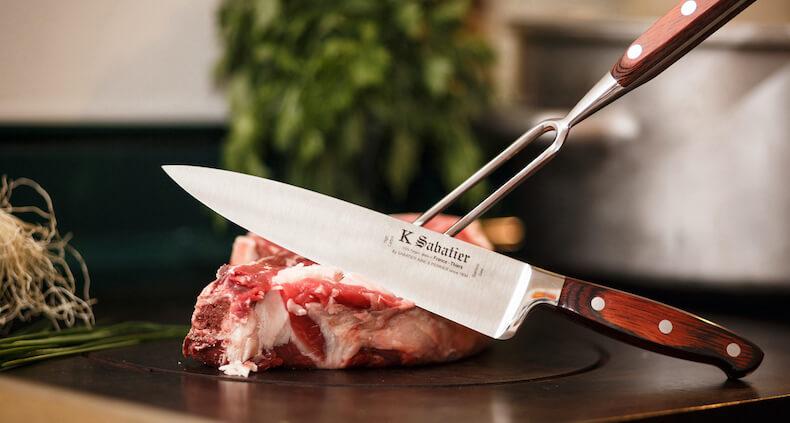
The Anatomy of Knives for Cutting Steaks
The task of cutting raw steak is made easier and more efficient with the right type of knife. Professional chefs often gravitate towards knives that offer sharpness, dexterity, and durability. Let's explore some primary aspects that define excellent steak cutting knives:
Breadth and Sharpness
Knives with a sharp edge and a decent blade breadth allow for seamless cutting. Such knives can pierce the cartilaginous edges with minimal effort, a necessary trait for preparing steaks. High-carbon steel is often the material of choice among professionals for its ability to maintain sharpness over extended periods. For more details on these blades, refer to this comprehensive guide on high-carbon blades.
Balance and Weight
Balance and weight contribute significantly to controlling the knife as you cut. A well-balanced knife alleviates wrist fatigue and allows chefs to produce consistent slices efficiently. A good steak knife should provide ease of motion, encouraging both safety and precision during cutting.
Length and Flexibility
The knifes length helps in maneuvering across the steak seamlessly. While too short or too long blades may pose challenges, most professionals prefer a length ranging from 8 to 12 inches. Flexibility is another attribute to appreciate as it adjusts to the contours of the steak, ensuring minimal wastage and better slices. When considering knife flexibility, the sharpness retention is notably enhanced with flexibility coupled with quality blade material.
Different Knives Used for Steak Preparation
Identifying the appropriate knife types within a professional kitchen sets the path to mastering the technique of cutting raw steak.
Boning Knife
Boning knives are slender and pointed, allowing chefs to cut around bones with minimal effort, essential for de-boning steaks. The blades rigidity supports steady removal of bone and unwanted sinew.
Chefs Knife
A classic chefs knife usually makes an excellent all-rounder. It encapsulates versatility as its broader and highly sharp blade manages multiple kitchen tasks, including cutting raw meat. Information about chef's knife varieties can be found in chef's knives.
Carving Knife
Carving knives often come to the fore due to their elongated design. They aid in slicing through larger meat portions in smooth, assured motions, making them suitable for steak preparation requiring significant portions.
Caring for Your Steak Knife
A significant aspect of using a steak knife involves ensuring its longevity and functionality through proper care.
Sharpening
Regular sharpening maintains the efficacy of a steak knifes cut. Employing sharpening stones or dedicated honing tools prolongs the knifes sharpness. Valuable techniques can be perused in this detailed article.
Cleaning
Caring for these knives requires diligent cleaning before storage. Hand-washing with mild soap in warm water is ideal, and air drying significantly reduces water spots while maintaining hygiene. Learn more about proper cleaning protocols at how to clean a knife.
Storage
Proper storage of steak knives involves using knife blocks or magnetic strips that protect the blade from rubbing against other utensils, which can dull them prematurely.
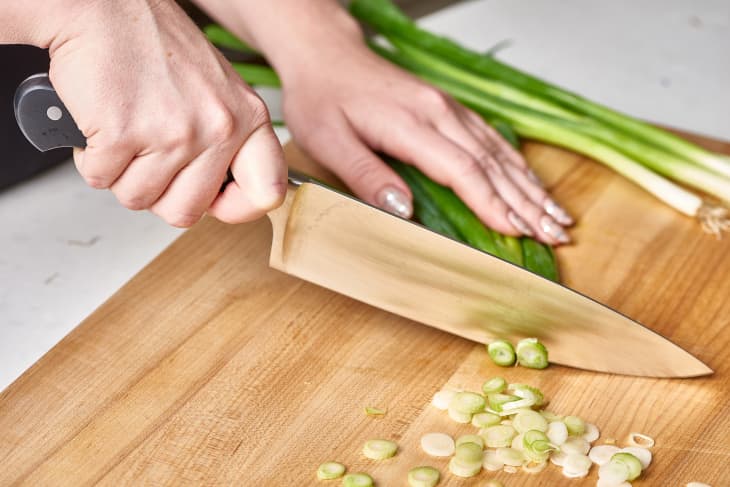
Frequently Asked Questions
Why is a boning knife suitable for cutting raw steak?
The narrow, pointed design of a boning knife allows it to navigate around bones and cartilage with precision, making it optimal for intricate cuts required for raw steak.
How often should I sharpen my steak knife?
The frequency of sharpening depends on usage; however, regular culinary professionals may need monthly maintenance to ensure consistent performance.
Can I use a general-purpose kitchen knife for cutting steak?
While possible, using a knife specifically designed for cutting steak ensures better control, presentation, and efficiency, reducing muscle fatigue and injury risks.
This article contains affiliate links. We may earn a commission at no extra cost to you.
